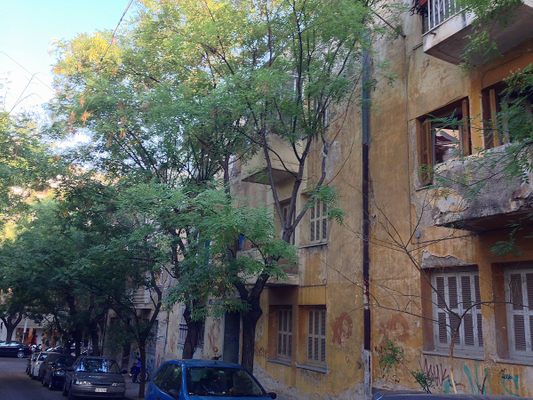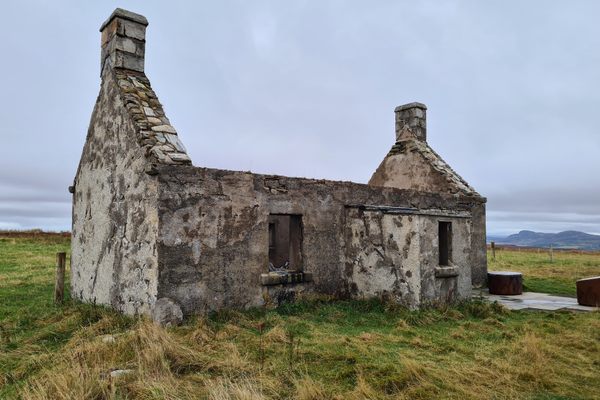About
In 1923, over a million Greeks and Armenians living in Turkey were expelled from Asia Minor in the Great Population Exchange. Many of these refugees settled in Athens, and to house the newcomers the Greek government began mass construction projects, one of the largest being the Prosfygika complex on Alexandras Avenue.
Completed in the mid-1930s, this housing project was sorely needed as most of the refugees were still living in slums. Considered architecturally ahead of its time, it covered eight blocks, each with a Bauhaus-style building set in block rows—a simple, utilitarian style. There were a total of 228 units in each building, each about 160 square feet. The complex was vibrant and thriving, an example of successful urban architecture, up until World War II when the area suffered along with the rest of Athens during the German occupation.
In December 1944, the Greek Civil War touched the area. There were significant battles between British forces supporting the Greek government and the communist rebels who actually fought alongside the Greeks and British against the Germans just months earlier during World War II. During one of these battles, rebels used the buildings as cover causing most of the residents to flee. There are still many bullet and shrapnel holes inflicted by British troops visible on the walls of the buildings.
The major damage was repaired and the buildings were again fully occupied, but over the next several years they were poorly maintained to the point that in 2001 the Greek government bought 137 of the units and began plans to demolish the buildings. They purchased another 40 in 2003 but opposition from the residents was strong and those plans were canceled.
The Prosfygika tenements continued to suffer from neglect, to the point that when the 2004 Olympic Games were held in Athens, the buildings were considered such an eyesore they were covered with a tarp to avoid any political embarrassment. By 2007 only 90 of the units were officially occupied, with the remainder being taken over by squatters. In 2008, the Greek government declared the buildings architecturally and culturally important enough to give them protected status, much to the dismay of most of the businesses and residents in the surrounding area.
The building is currently occupied by residents from all walks of life—a mix of families of the original owners, more recent immigrants and refugees, and hundreds of squatters. The government has tried to remove the squatters and has even cut off the water and electricity, but with little success.
Related Tags
Know Before You Go
If you visit the buildings please take caution when taking photographs. While the overall area is safe most residents of the Prosfygika buildings do not take kindly to being photographed. There are two little-known small marble monuments nearby, one put up by the Communist Party and the other by the United National Resistance Movement.
Published
October 8, 2018





































